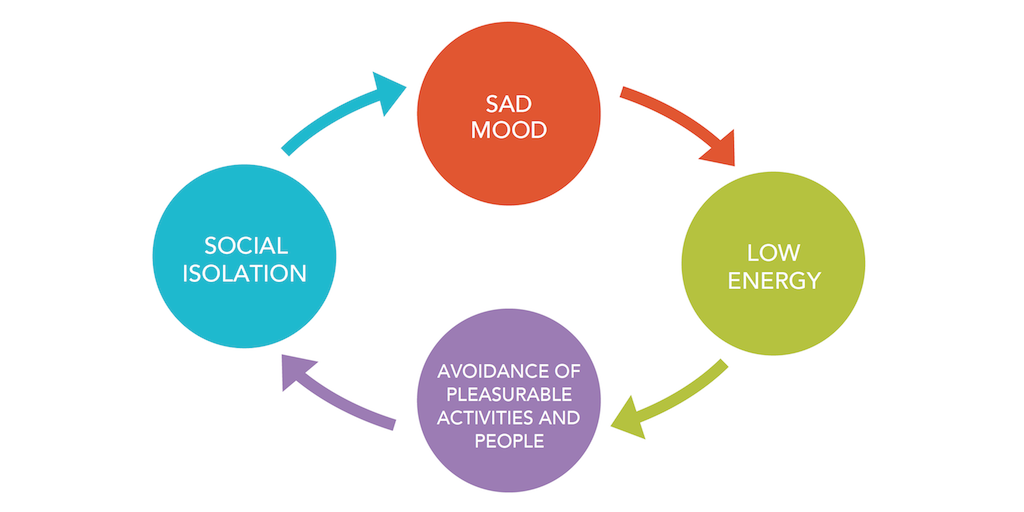A quick intervention for helping your depressed patients
Depression often involves a vicious cycle of sad mood, low energy, avoidance of pleasurable activities and people, and social isolation – all of which then exacerbate the depression. Behavioral activation is an approach to addressing depression that focuses on decreasing avoidance and isolation and increasing engagement in pleasant activities. Recent research has found that behavioral activation is as effective as cognitive-behavioral therapy and can be provided by professionals without formal training in psychotherapy.1
You can empower patients to break the cycle of depression by explaining this cycle, noting the consequences of continued avoidance and isolation, and urging patients to engage in some type of pleasurable behavior (even if the patient doesn't feel like doing so). Drawing a picture of the depression cycle on paper and planning the behaviors in advance can be helpful for patients. Asking patients to track their moods before and after the planned behaviors can yield persuasive data to encourage continued activity. Patients cannot wait until they “feel like” doing something; behavioral activation requires patients to engage in activity regardless of their mood or energy level.

1. Richards DA, Ekers D, McMillan D, et al. Cost and outcome of behavioural activation versus cognitive behavioural therapy for depression (COBRA): a randomised, controlled, non-inferiority trial. Lancet. 2016;388(10047):871–880
Adapted from “Managing Behavioral Health Issues in Primary Care: Six Five-Minute Tools.”
Other Blogs
Disclaimer: The opinions and views expressed here are those of the authors and do not necessarily represent or reflect the opinions and views of the American Academy of Family Physicians. This blog is not intended to provide medical, financial, or legal advice. All comments are moderated and will be removed if they violate our Terms of Use.